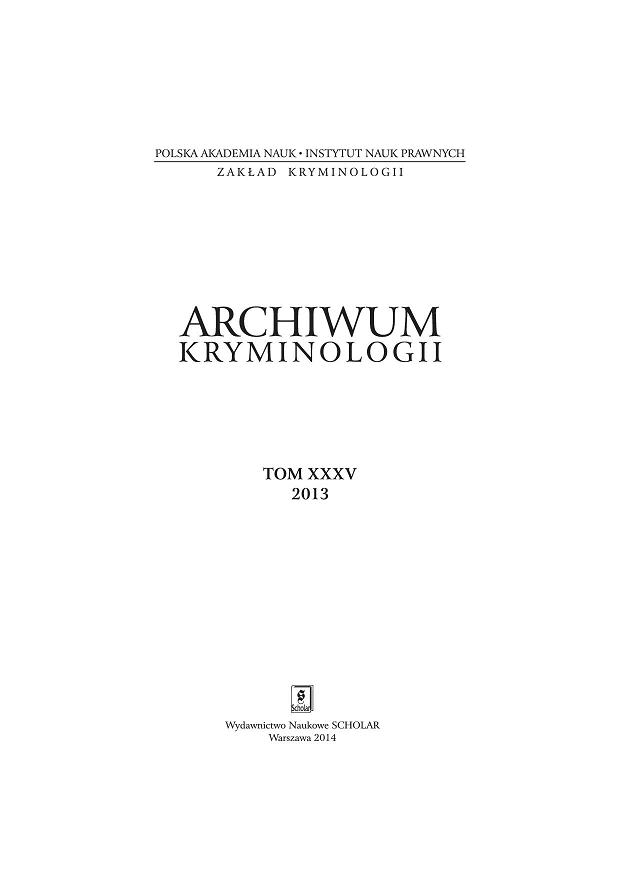Zastosowanie autokorelacji przestrzennej w badaniach przestępczości
Spatial autocorrelation in crime rate research
Author(s): Stanisław MordwaSubject(s): Law, Constitution, Jurisprudence
Published by: Instytut Nauk Prawnych PAN
Keywords: CRIME; SPATIAL AUTOCORRELATION;
Summary/Abstract: Spatial analysis of crime distribution has a long tradition. In general, studies concerning this issue usually focused on compiling thematic maps. Some more advanced researching methods and techniques were popularised only after personal computers became widespread and GIS software came into broader use. One of the research procedures now available thanks to this development was spatial autocorrelation, which is the subject of this paper. In practice, spatial autocorrelation is about the degree of correlation between an observed variable in a given location with the same variable in a different location: the method allows to illustrate concentration areas of an analysed phenomenon in space, or the lack of such areas. The article first presents the theoretical and practical basis for the notion of autocorrelation. Following other researchers, it was assumed that the fundamental reason for spatial relations to emerge, i.e. spatial autocorrelation, are the interactions taking place among neighbouring objects in a space. This warrants to conclude that the intensity of a phenomenon analysed in one spatial unit exerts some effect (stimulating or destimulating) on the intensity of the same phenomenon in neighbouring units of space. This is confirmed in Waldo Tobler's first law of geography: “everything is related to everything else, but near things are more related than distant things”. By studying spatial autocorrelation, one may discover three different situations (fig. 1): a) positive autocorrelation – when units of high value neighbour units of high value of the same factor (hot spots), and low value units are found near each other at the same time (cold spots); b) negative autocorrelation – when high value units neighbour low value units of the same factor and vice versa; c) no autocorrelation – when no principle is de-tected, as a unit of high value is neighboured by units of varied level of the factor in question – both high and low. In order to study the proneness of a phenomenon to create autocorrelation, one should first establish the nature of spatial relations taking place between spatial units – meaning the closeness (intensity) of neighbourhood. The relations take the form of spatial weight matrices (fig. 2) in which queen contiguity or rook contiguity is used. The weights can also be defined based on the threshold distance or k-nearest neighbours. Due to the intensity of social-spatial contacts, it was decided that the best effects in analysing criminal activity will be obtained with the use spatial weight matrices in queen contiguity. The assumption was that the distribution of pathological behaviours within a city, it is the direct contact between people living nearby that is important; the existence of formal or informal boundaries (blocks, estates, neighbourhoods, etc.) was considered irrelevant. A formal assessment of autocorrelation can be conducted with a set of appropriate indicators analysed globally or locally.
Journal: Archiwum Kryminologii
- Issue Year: 2013
- Issue No: XXXV
- Page Range: 61-78
- Page Count: 18
- Language: Polish

